How to Launch an App? 20 Steps for a Successful Launch
Introduction
With more than 4.88 billion smartphone users around the globe and a rise in popularity of mobile apps, more and more businesses are turning to mobile app development. Not only do mobile apps help businesses build brand recognition, but they also offer a direct channel to reach potential customers and boost revenue. According to Statista, the number of mobile app downloads has been on a constant incline since 2019 and will continue to increase significantly in the upcoming years. With millions of apps vying for attention in a competitive market, knowing how to launch an app requires a strategic app launch plan. From pre-launch preparations to post-launch strategies, having a complete mobile launch strategy can be the difference that makes your new application go unnoticed to one that thrives in the industry.
Let’s explore the essential steps for ensuring a smooth and successful app launch!
However, before getting into the nitty-gritty, let’s find out where to begin building and launching your mobile app.
Table of contents
- Introduction
- Where To Begin Building And Launching Your App?
- 20 Steps To Successfully Launch An App
- 1. Identify Your Market
- 2. Validate Your Idea
- 3. Choose a Pricing Model
- 4. Choose an App Store
- 5. Develop Branded Screenshots and Visuals for Marketing Purposes
- 6. Register Your Domain and Launch a Landing Page
- 7. Build Your Social Media Presence
- 8. Record a Promo Video
- 9. Notify Your Press List and Influencers
- 10. Participate in Communities Popular Among Your Target Audience
- 11. Research App Submission Guidelines
- 12. Create an App Store Listing
- 13. Optimize Keywords for Google’s Search Engine
- 14. Submit your App
- 15. Test Your App and Release the First Update
- 16. Define Your Success Criteria
- 17. Reconnect With Your Mailing List
- 18. Monitor Feedback and Encourage Reviews
- 19. Monitor App Store Rank and Trends in Download Growth
- 20. Organize and Prioritize Customer Requests
- Expert Tips on How to Launch an App
- Wrapping Up
- 1. What Does it Mean to Launch an App?
- 2. How Hard is it to Launch an App?
- 3. What is App Store Optimization (ASO)?
- 4. How Much Does it Cost to Launch an App?
- 5. What to do After Launching an App?
- 6. Can you Patent an app and How to Do It?
- 7. What are the Stages of App Development?
Where To Begin Building And Launching Your App?
With increasing mobile app consumer spending worldwide, launching an app in 2024 presents a golden opportunity: reaching a global audience and monetizing your innovative app idea. The first move in launching a successful app starts with thorough research. Analyze various app stores and find out which apps make it best in the market. Find out what kind of apps get the most downloads and user retention rates. In recent times, e-commerce apps, entertainment apps, photo or video editing apps and mobile camera apps have become a great hit among users, allowing business owners to get a sustained income while scaling their apps.
With a solid concept at hand, move into planning your app’s features, how you want to integrate your brand’s presence with it and the user experience. Collaborate with an expert app development company that is capable of bringing your vision to life. Once the development phase is complete, shift your focus to defining a strong launch strategy so that your app achieves success when it hits the market.
20 Steps To Successfully Launch An App
With a plethora of mobile apps flooding the market today, successfully launching a standout mobile app can be a daunting task. Launching a mobile app involves meticulous preparation and execution. From development completion to post-launch support, here’s a strategic approach to ensure a seamless user experience.
- Identify Your Market
- Validate Your Idea
- Choose a Pricing Model
- Choose an App Store
- Develop Branded Screenshots and Visuals for Marketing Purposes
- Register Your Domain and Launch a Landing Page
- Build Your Social Media Presence
- Record a Promo Video
- Notify Your Press List and Influencers
- Participate in Communities Popular Among Your Target Audience
- Research App Submission Guidelines
- Create an App Store Listing
- Optimize Keywords for Google’s Search Engine
- Submit your App
- Test Your App and Release the First Update
- Define Your Success Criteria
- Reconnect With Your Mailing List
- Monitor Feedback and Encourage Reviews
- Monitor App Store Rank and Trends in Download Growth
- Organize and Prioritize Customer Requests
1. Identify Your Market
When it comes to developing a mobile app, make sure you Identify your potential competitors and do thorough research about the core features of their apps and how well they perform among users. Analyze how much money those apps earn and Unique Selling Points (USPs). This will give you a clear idea of the current and historical market trends. With this, you can think of how you can differentiate and make yourself a step above the rest.
2. Validate Your Idea
While coming up with an amazing mobile app idea is a great start to drive your business forward, it takes much more than just a good idea to build success. In order to build a thriving mobile app, you need to validate your idea by comparing it against competitors whose apps have already been up and running. To be on the safer side, you can begin your launch with a Minimal Viable Product (MVP) with just the intrinsic features and observe how well it is performing among your target audience. Based on your user engagement and real-life feedback, you can move on to introducing other engaging features to improve retention rates.
Also Read: Mobile App Development For Startups: The Complete Guide
3. Choose a Pricing Model
Choosing the right pricing model is one of, if not the most, important factors that will determine the number of downloads of your app. The pricing model can be chosen based on factors such as market trends, competitor apps, and target audience. There are a total of 4 types of pricing models, each coming with its own set of advantages and disadvantages.
All these pricing models allow app owners to make money with the Freemium, Paid and Paymium models usually generating more revenue through in-app purchases. On the other hand, the Free model can fetch only a limited amount of revenue through ads. To find out how much can an app make from ads, you can calculate it according to the number of views, with video ads earning more than banner ads.
Here is a detailed breakdown of the different mobile app pricing models for better perception:
| Types of Mobile App Pricing Models | Primary Source of Income | Advantage | Disadvantage |
| Free | In-app Advertisements & Coupons | Higher Chance of Downloads | General Dislike From Users For Ads |
| Freemium | Subscription Fee & In-app Purchases | High Downloads & Good Source of Income | Ill-timed Update Notifications May Reduce Users |
| Paid | Initial Payment | Predictable Revenue Streams | Possibilities of Lower User Acquisition |
| Paymium | Initial Payment & Subscription Models | Committed & Loyal User Base | Lower Downloads & Limited Reach |
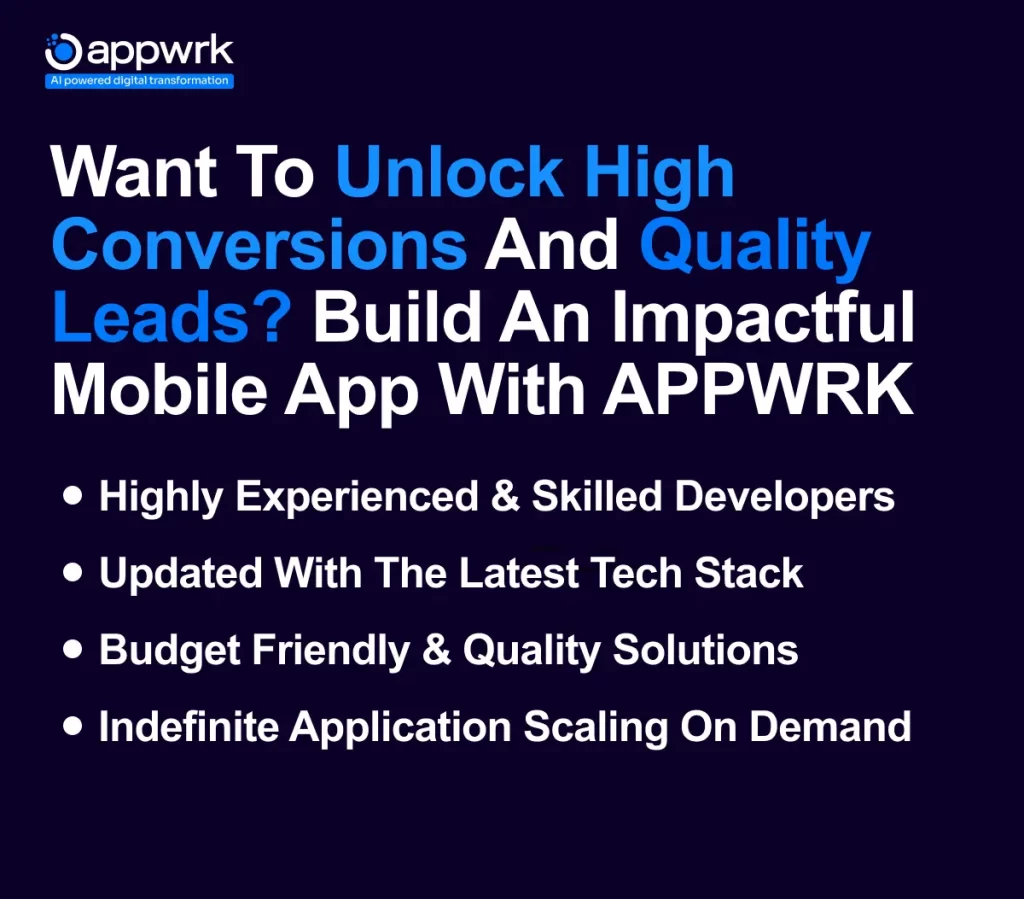
4. Choose an App Store
Whether you want to distribute your apps to the broadest possible audience or increase the market share of your application, Google Play Store and App Store provide a ideal platform for publishing mobile apps. According to Statista, there are almost 4.3 million apps in the Google Play Store and Apple App Store, making it important for your app to feature in these places. While brainstorming on how to create an application, also think about whether you want to build it as a cross-platform app or for either Android or iPhones. Here is a comparison between Apple App Store and Google Play Store based on various factors that might help you decide on choosing the right platform for your launch.
| Factor | Apple App Store | Google Play Store |
| Reviewing | Upto 48 Hours | From 2 to 18 Hours |
| Revenue Split | 70% to Developer 30% to Store | 70% to Developer 30% to Store |
| App Range | Shorter Range of Apps but Comes With Bug-free & High-Security Levels | Broader Range of Products With More Free & Inexpensive Apps |
| Registration | Annual Payment of $99 to Remain a Developer | Single Payment of $25 |
| Market Share | Better Market Share | Comparatively Lower Market Share |
| App Support System | Apps Must Support Latest Apple Products | Apps Must Support Latest Android Operating System |
Also Read: Is It Worth Hiring a Mobile Application Development Company?
5. Develop Branded Screenshots and Visuals for Marketing Purposes
The most integral part of a launch strategy is marketing your app to prospects. This marketing strategy requires a complete set of branded screenshots and other visuals that define your mobile app. It can include visuals of UI/UX of your app along with step-by-step guides which show its easy navigation. A video showcasing why your app is an essential for the target audience and why it is better than competitors might also be a bonus point in attracting potential users even before your launch.

6. Register Your Domain and Launch a Landing Page
In today’s digital era, every business must have a solid online presence. For any individual trying to know more about your brand or app, the first place to search will be the web. Hence, having a dedicated landing page and a website with a registered domain is an important cornerstone in your mobile app launch strategy. Your website must have descriptions of your business. It can also include small snippets of your story and newsletters for extra engagement. Your website can also be leveraged as a budget-friendly marketing tool through Google Ads to increase your brand presence and visibility.
7. Build Your Social Media Presence
With words like tweet, share, and hashtag entering our standard lexicon, there’s no denying the fact that social networking has etched a prominent place in our contemporary culture. Social media has become an integral part of digital marketing, and social networking sites like Facebook, Instagram, and Twitter have huge traffic that companies can leverage. Needless to say, there is no better platform than social media to get the word out about your app. Creative social media campaigns and posts that pique the interest of the audience can spark user engagement long before your app is launched. This engagement can be used to secure early opt-ins for your mobile app.
8. Record a Promo Video
A promotional video is an indispensable asset when you are spreading the word about your app. It is a small pitch to customers on why your app should be on their mobile phones. This promotional video must be straightforward and concise while showcasing the core functionality unique selling points of your app. The video can be reused across various mediums and platforms like your website, landing pages, marketing channels and even press releases.
9. Notify Your Press List and Influencers
Influencers and the press are always hungry for interesting information. As part of your marketing strategy, you can share your app’s unique features and values with them so that they can produce engaging content and stories that are capable of generating buzz among the public. You can also leverage their vast audience reach with a special discount or coupon to encourage more people to download your app within a short span of time.
Also Read: Mobile App Marketing Budget – Plan It The Right Way
10. Participate in Communities Popular Among Your Target Audience
Your target audience might be found across various platforms like Linkedin, Discord, Quora, Telegram, and many others. It is crucial for you to participate and initiate your presence in these spaces. These spaces not only act as promotional grounds but also help in increasing your brand visibility and establish you as a trusted voice among competitors. Earning the trust of your audience also translates into cultivating a loyal user base, which is crucial for the success of your app.
11. Research App Submission Guidelines
One of the most important prerequisites before launching a mobile app is making sure you do in-depth research on the app submission guidelines. Both Google Play Store and Apple App Store have a predefined set of submission guidelines that app owners have to meet before being able to bring their app to the public. Both stores do not hesitate to reject your app if it fails to meet the required criteria. Most rejections occur from app owners who are not updated with the recent submission guidelines. Hence, it is important to stay informed about the recent revisions made.
12. Create an App Store Listing
An app store listing is how your app is presented on the app store platform. This product page for your application is where users can get useful information about your app and decide whether they want to download it. An app store listing typically includes the information listed below:
- App icon: This is the first visual shown in the search results and is a representation of your app.
- Name and title of the app: The name of your app should be catchy and its title should indicate the purpose of your app.
- Description of the app: This is a short text that describes the function of your app, its unique features and benefits.
- Visual media showcasing the app: Visual media includes your app’s promo video along with screenshots showing your app’s interface.
- Ratings and reviews from users: These are user-generated and are social proof of your app’s quality.
- Additional information: Information pertaining to your app’s version number, release date, size and its compatibility across various devices is included.
- Updates and features: This covers all essential details about the most recent updates and features that have been released.
13. Optimize Keywords for Google’s Search Engine
In today’s digital age, most users rely on search engines like Google, Bing, or Yahoo to find information, products, and services they need. Therefore, optimizing your mobile app listing for search engines is crucial to ensure it ranks higher in search results, attracting more clicks, and generating more leads. Find out what key phrases or words your users are using when they search. Failing to optimize your listings with keywords of high volume can lead to your app staying hidden. Some tips to take note of when choosing relevant keywords include using long-tail keywords, opting for keywords that accurately describe your app, and regularly updating your keyword list based on current trends.
14. Submit your App
Once you have made sure that your app has met all the guidelines and security protocols, it is time to submit your app. With proper marketing, collaboration with influencers, press releases, and spreading the word in communities, your app’s grand launch can attract a lot of attention from potential users. Partnering up with industry experts to give good reviews about your app’s performance, security, usability, and core function will also help create a good first impression and drive more downloads.
Also Read: Step-by-Step Process to Submit an App to the App Store Using App Store Connect
15. Test Your App and Release the First Update
Every application is bound to be infested by bugs every now and then. That is why it is important to test your app multiple times before handing it to your users. Once you release the first update of your application, look out for the reviews and feedback from users and give your app regular updates to keep it thriving and in trend.
16. Define Your Success Criteria
Let’s face it, properly defining success criteria for your mobile app can make or break your app’s success. There are some common metrics that you can use to gauge the performance of your app across different stages, like the number of downloads your app has received, the user retention from launch to X many days, the number of users who have made a quality conversion and finally the most important metric, the number of users who have uninstalled your app. By defining clear motives and goals, you will be able to review the performance of your app against real measurements.
17. Reconnect With Your Mailing List
On average, an app loses almost 77% of its daily active users in just 3 days of the download. That is why the most important step that follows your grand launch is user retention. Here is a graph that explains the average user retention curve:
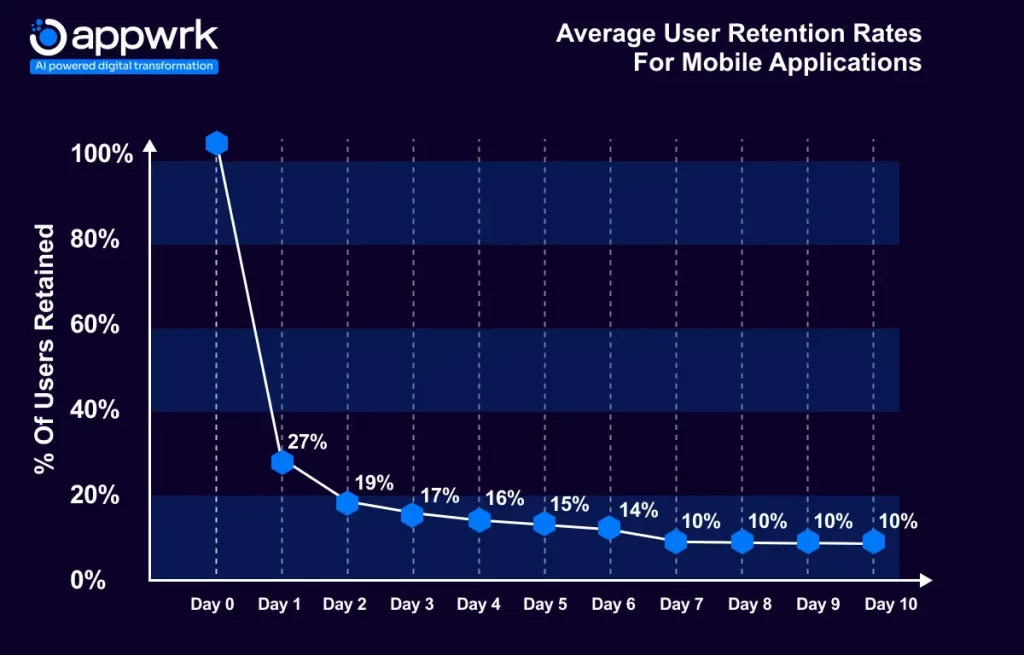
If you have established a set of email or message subscribers, make them feel exclusive by awarding them with special deals and promo codes. These tokens of gratitude will go a long way in detaining them as loyal users for your app.
18. Monitor Feedback and Encourage Reviews
Reviews are a great way to get quality feedback from real-time users about your app. Monitoring the feedback that your app is garnering will help quickly fix any issue associated with it. Reviews can make or break a user from downloading your app. While positive reviews drive towards more attention, negative reviews that your users are leaving will definitely become a step down for your app. It is extremely important to keep checking up on your negative reviews and rectifying any mistakes on your end to gain more credibility.
19. Monitor App Store Rank and Trends in Download Growth
One vital factor that can make your app flourish or falter is the app store rank. If your app secures a rating of less than 4 stars, it simply means you have disappointed a lot of your users. In addition to letting down your user base, a low app store rating also means that your app will not be featured by the store, making your app go unnoticed. Another strong indicator of the success of your app is the growth in downloads. If your app is fetching an inclined number of downloads, that translates to you being on the right track.
20. Organize and Prioritize Customer Requests
Customer requests might arise from various spaces like reviews, queries or direct messages. These customer requests might hold valuable suggestions to improve your app and its performance. Prioritizing customer requests that hold business value and need immediate attention is a useful strategy to optimize your app further.

Expert Tips on How to Launch an App
Launching your own mobile app might be an exciting milestone in your business journey but it is also a critical phase that needs careful planning and an expert strategy for success. Here are some expert tips on how to launch an app that will help you in setting the right foundation for a great app launch.
1) Promote Your Brand With Impactful Visuals
In order to create a strong and recognizable identity in today’s competitive landscape, your app needs branded visuals that are capable of driving a large impact. These visuals should include logos, graphics, color themes, and typography that represent your brand. These elements should be designed thoughtfully and consistently across various marketing channels. Active promotion not only enhances your brand recognition but also will help in fostering trust and loyalty among your customers.
2) Get Early Testimonials for Your Description
Word of mouth is the secret sauce for any business to gain growth. Gathering early testimonials about your app and its value will significantly enhance its credibility and appeal. These testimonials can be provided by various types of people, such as beta testers, industry influencers, and experts. Ask them to provide small, honest feedback about their experience with your app with a heavy focus on the specific features and benefits of your app along with the pain points that have been resolved from using your app.
3) Develop a Media Outreach Strategy
Promoting your app before it hits the market is a great way to pitch a successful launch and drive immediate attention. Your media outreach strategy should start with a clear definition of your goals which might include increasing app downloads, raising the awareness of your app or simply gaining attention. Based on your target audience, tailor your outreach strategy by reaching out to them in common platforms they use and influencers that can resonate with them.
4) Make It Easy to Spread the Word
Making it very easy for users to spread the word about your mobile app is essential to maximize reach and engagement. Develop shareable content that will provide value to your audience. Integrate social media into your app and marketing collateral which will allow users to share your app in just a click. Encourage word-of-mouth with special offers or in-app currency for those that provide feedback.
Wrapping Up
At the end of the day, a successful mobile app launch is a culmination of careful planning, meticulous execution, and ongoing efforts to meet user needs. Whether you are looking to expand your brand visibility or foster stronger customer relationships, successfully launching your mobile app can significantly impact its long-term success. With the right approaches, your app can achieve widespread recognition even among heavy competition. By leveraging the 20 step guide and expert tips provided in this blog, you can create a detailed app launch strategy and mark your success.
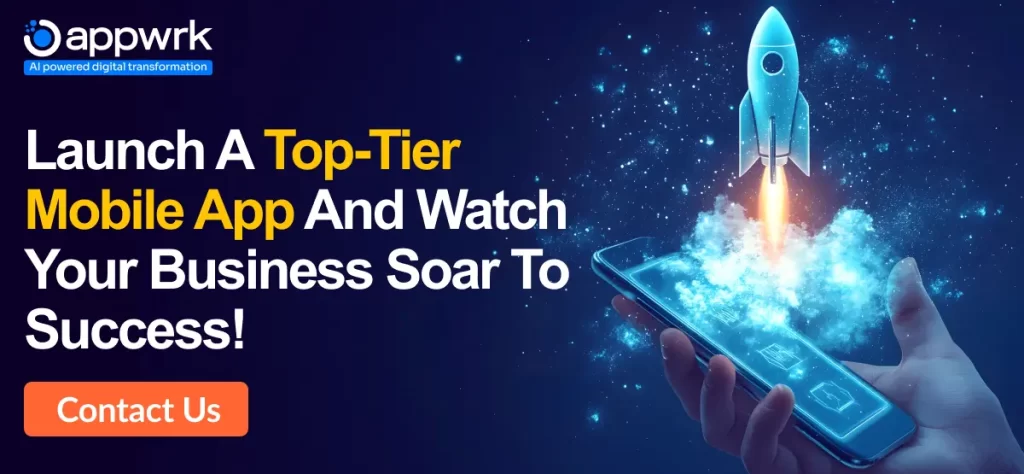
Are you thinking of building a mobile application with the latest technological features? APPWRK IT Solutions, an app development and AI-driven digital transformation, company is the leading place for digital solutions. With an impressive 98% client retention rate and a huge clientele of 3400, including global leaders in FMCG, healthcare, transportation, etc., APPWRK will be the perfect match to build a future-proof mobile application for your business. Contact us now for a fruitful partnership and guaranteed success!
Frequently Asked Questions
1. What Does it Mean to Launch an App?
Before you think about how to launch an app, you have to first understand what it means. Launching an app refers to the complete process of prepping, uploading and releasing a fully-functional app into the market so that it can be downloaded by the public.
2. How Hard is it to Launch an App?
Launching an app is a complex process that can be well-executed with a good strategy. It requires a dedicated team to design, develop, build promotions, launch, and take care of post-launch issues.
3. What is App Store Optimization (ASO)?
App Store Optimization (ASO) denotes the process of increasing the visibility of an app in app stores like Google Play Store or Apple App Store. It is similar to the Search Engine Optimization (SEO) but is only used to increase the app’s ranking and visibility in app stores.
4. How Much Does it Cost to Launch an App?
This completely depends on the features that are integrated to your app. For an app with basic features and functions, the development cost can start as low as $5000. Extremely complex and feature-rich apps can go over more than $1 million to build!
5. What to do After Launching an App?
Launching an app is just the beginning of a story. Once your app is launched, you have to be ready with frequent updates and bug fixes, introduce new features, incorporate user feedback, and promote your app constantly.
6. Can you Patent an app and How to Do It?
Yes, you can patent your mobile app to safeguard your unique ideas from being stolen and sold by unauthorized personnel. The basic steps to patent your app include choosing your patent type, registering with a patent lawyer, preparing and filing the necessary documents, and paying your patent maintenance fees regularly.
7. What are the Stages of App Development?
App development is a complex process that can be broken down into the following stages:
- Planning
- Business Analysis
- UI-Design
- Pre-development
- Development
- Testing
- Launch
- Post-launch Maintenance
About The Author
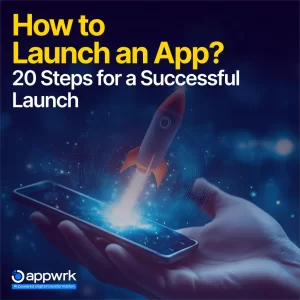
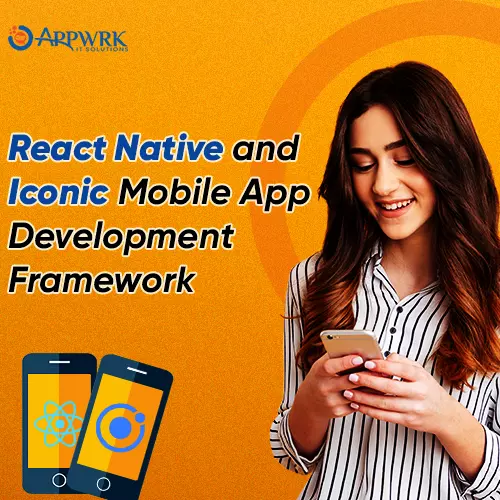




 Free Quote
Free Quote
















































